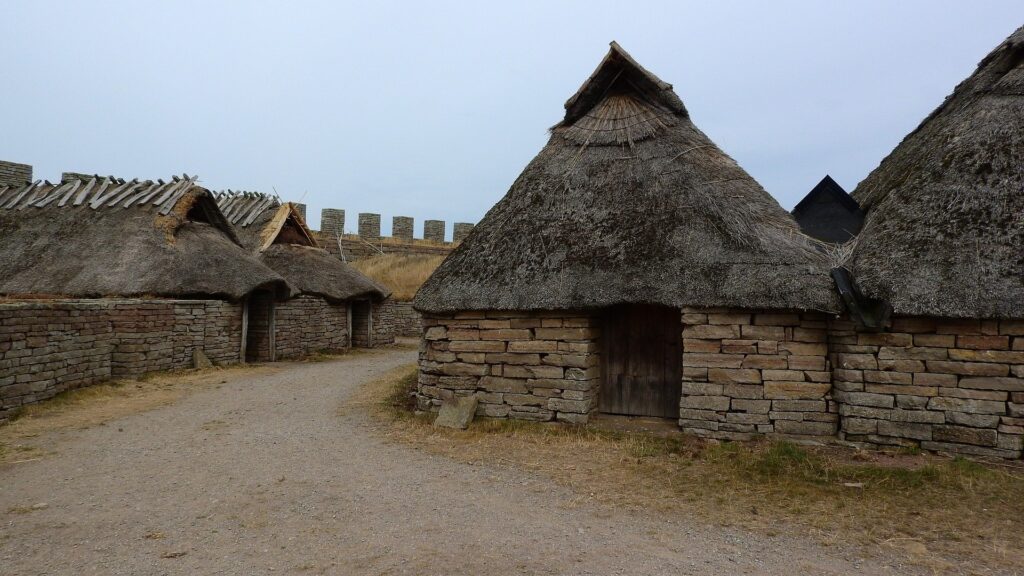The Celts have had a huge impact on Irish culture as well as many others; here is all you need to know about them, including Celtic regions.

The Celtic people were very in touch with nature, very traditional, had a common religion, common language, and traded with each other.
They had a network of roads too, which enabled them to trade their goods and allowed the people to get from A to B to earn a living.
These days many of their traditions remain in many parts of Europe, especially in Ireland.
Believe it or not, the word Celt originated from the Greek word “Keltoi”, which meant barbarian. That’s what they were known as by the Roman Empire, but were they really barbarians? We think not!
So, where did they come from, and how did their traditions become so prevalent in cultures so far away from each other?
Celtic regions explained – the history of the Celts

The Celts settled in various parts of north-west Europe and, in particular, Ireland, Scotland, Wales, Brittany in France, and Galicia in Spain.
When travelling to these places, the similarities, customs, and traditions all become apparent. They have similar historic structures and monuments, such as Newgrange in Ireland, Maeshowe in Orkney, and Bryn Celli Ddu in Wales, purposely built to coincide with the solstices.
The main tribes of the Celts were the Irish, Britons, Gaels, Gauls, and Galicians. In the various Celtic regions, you will find similar food, similar music, such as bagpipes, and similar Celtic symbols, such as the Celtic cross.
Where did the Celts come from? – all over Europe

The Celts are an Indo-European people, and from 750 BC to 12 BC, they were the most powerful and influential people in central and northern Europe.
At that time, they had been driven out of Rome by the Roman’s who destroyed their culture and killed many Celts hoping to get rid of their culture altogether.
However, they escaped to safer lands, and there they stayed. They started in Austria, Switzerland, France, and Spain originally, and over the years, they migrated west, towards Ireland and Britain.
They eventually stayed there, as it was a safe place to practice their traditions, unlike other places such as Rome. These were areas they felt comfortable to thrive and survive, and this is why their culture only survived in such places even to this day.
Celtic languages – many languages evolved across Europe due to the Celts

Many languages evolved in these regions because of the Celts, some of which are still spoken today, such as Welsh, Breton, Cornish, Irish Gaelic, Manx, and Scots Gaelic.
You may not know, but the famous Hadrian’s Wall, on the border of England and Scotland, was built by the Romans to protect them against the Celts who had fled north.
If the Roman empire did not fail in its invasion of the British Isles, there might not be any Celtic regions, languages, or evidence of a culture that we still see today.
You may wonder why Ireland, Scotland, and Wales are Celtic, but England is not. That is because the Anglo Saxons and Romans were unsuccessful at conquering these regions. However, the Anglo Saxons took over England in the 5th-century, leaving the other Celtic areas that we find today.
Celtic traditions and key holidays – many Celtic celebrations are still observed today

There are eight holidays that you may never have known had a Celtic history; four of these are based on astronomy, and four are based on the seasons of harvest and farming, which was incredibly important to the survival of the people in those times.
The Celts were very in touch with nature, natural rhythms, and timing, and they relied upon these for much of their day-to-day life.
Based on astronomy, the Celts celebrated four holidays, which were, in fact, four distinct changes in nature, most of which are still celebrated today.
There is the winter solstice, celebrated on 21 December, marking the longest night/shortest day of the year; the summer solstice, celebrated on 21 June, to mark the longest day/shortest night of the year; the spring equinox on 21 March to mark the first day of spring; and finally, autumn equinox on 21 September, which marks the first day of autumn.
The other four are 1 May (May Day), marking the first day of summer; Samhain, or Halloween, on 31 October; Lughnasa on 1 August, marking the first day of harvest; St. Brigid’s Day on 1 February; and St. Patrick’s Day on 17 March.
It is clear that the Celts really shaped the Ireland we know today, and this clarifies why we have so many similarities with these other European Celtic regions, including Irish cultural traditions that survive today. If the Roman’s didn’t evict them, perhaps they would have taken over the world.

